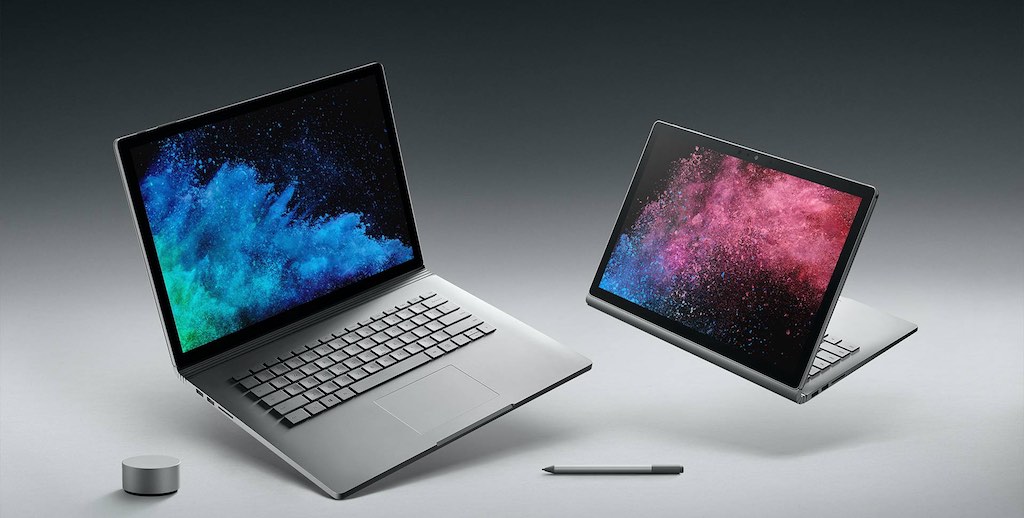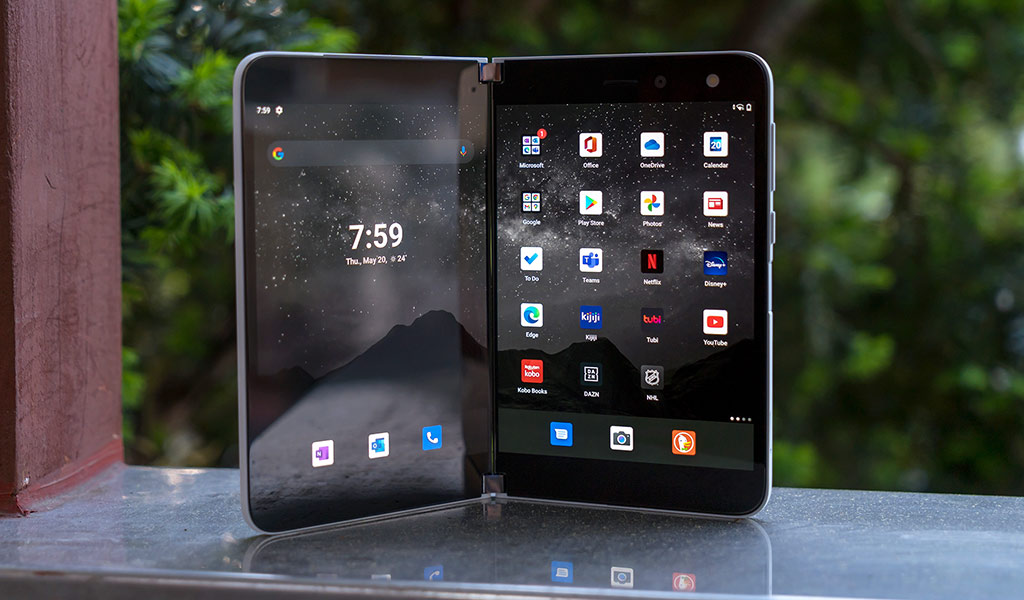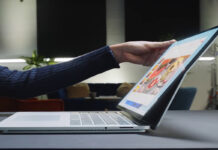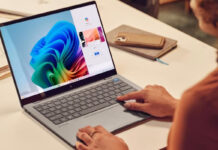
When you think of devices running Windows, Microsoft Surface models usually come up in conversation, and there are good reasons why. With a variety that offers different product types and varying configurations, you have options to choose from.
It took years for Microsoft to get to a point where its Surface devices could not only speak for themselves, but also make a stronger case that they’re among the best you can find. What started out as a tablet-centric 2-in-1 laptop design has since evolved to a broader spectrum of laptops, tablets and peripherals.
The diversity is great, but also feel daunting and confusing if you’re not sure what to look for. This is a breakdown to help you find the fit that you think is best for you.

Surface Laptops
Microsoft waited to make a more traditional laptop, and it took a few attempts to get it right, but the sweet spot is there now. “Traditional” is the operative word because Surface Laptops don’t have a built-in kickstand, or those magnets that so easily clasp the keyboard to the screen like the hybrid Surface devices do.
Surface Laptops usually come in either 13.5-inch or 15-inch sizes, with a range of configurations. For instance, the Surface Laptop 4 also comes with two choices in processor. Go with an Intel Core or AMD Ryzen chipset, including a variety of choices related to storage, memory and more. Unlike other PCs that may be well suited to gaming or something else specific, these Surface Laptops are more utilitarian. Depending on the configuration, you could do a little bit of everything on them, though you would need a better graphics chip if you’re looking at doing any serious gaming.
Part of it is that they have 3:2 aspect ratios—better for productivity. They also have touchscreens, giving you another input method to work with, even if they aren’t tablets. They’re compatible with the Surface Pen in case you want to use it for a particular use case.
The keyboard and trackpads, especially for the Surface Laptop 4, have only gotten better, and are among the best on any Windows machine. The downside is the lack of ports. At best, you can expect two USB-C ports with a headphone jack and Microsoft Connect connector for charging and other compatible peripherals. That’s not great when you need to plug things in, so you may have to get a hub or adapter to take care of that.

Surface Books
If you’re serious about performance, the Surface Book may be your first place to look. These are sometimes made with the highest specs, including different graphics chips. As I noted, Surface Laptops are more utilitarian, whereas the Books are more professionally-tuned. The killer feature, however, is that the screen detaches from the keyboard to become a tablet. You effectively get a hybrid device in the form of a more traditional laptop.
The Surface Book may be a better fit if you’re more creative and use programs requiring graphics power. The detachable screen already makes that case, but so does the fact Microsoft prioritizes performance in that area for these laptops. Not to mention that it often outperforms other Surface devices on battery life. Whether you’re in a creative field, or doing something else to get work done, that stat matters.
In a sense, that makes the Surface Book arguably the most versatile in the product lineup. There are 13.5-inch and 15-inch versions, so screen real estate comes with options. It’s what’s on the inside that makes the bigger difference, especially if you consider yourself more of a power user.

Surface tablets
The Surface Pro is what really got this whole thing started. You can still find the iconic device line, with the Pro 7 being the latest of the original design. That design has the standard 12.3-inch screen with a kickstand in the back and magnetic connectors on the bottom. The flexibility in this design meant you could use the device as a laptop, or in Tablet mode. Windows 10 has a separate interface when that happens, making it more touch-friendly.
Whether you like it or not is subjective. The point is that the design was such that you could use it in more than one way. There are also more ports to utilize, including a memory card slot and USB-A port. If you also want a USB-C port, make sure to look for the latest version that has it. Microsoft often equips the Surface Pro with good specs under the hood, so it’s not necessarily for casual users.

The Surface Go 2 is a smaller alternative, courtesy of its 10.5-inch screen. For students or casual users with minimal needs, it’s the kind of device that stays in its lane. Microsoft typically builds them with less powerful processors and lower RAM, so it wouldn’t be right to consider the Go 2 a powerhouse. It’s something more affordable that you could use as a 2-in-1 hybrid, though primarily as a tablet. You do need to buy the Type Cover and Surface Pen separately, both of which are compatible, to get even more out of the device.
Then there’s the Surface Duo, one of the most unique devices available. Is it a tablet or a smartphone that functions like a tablet? It’s actually both, and because of its dual-screen setup, you can use it in a number of different ways that aren’t commonly found in other devices. The big difference is that it runs on Android, not Windows. You can still use it with other Windows machines, though greater integration is coming with Windows 11.

What’s to come with Windows 11
Microsoft announced that it will launch Windows 11 later in 2021, making this the first major upgrade for the operating system since Windows 10 launched in 2015. Not only will it feature a new interface, but also a number of other new upgrades to improve the experience. One of the interesting ones is downloading Android apps through the Amazon App Store directly from a Windows 11 PC. That will include Windows 10 PCs that get the upgrade to the newer version. It also won’t cost anything to upgrade, so it will be free to switch over.
The Surface family set to expand
Microsoft hasn’t announced new products yet, but you can expect something new now that Windows 11 is coming. The Surface is likely to grow with new models, and possibly, new concepts that expand on some of the core features. For instance, doing more with the touchscreen, or making gaming a bigger component to what these devices can do, are just two of the potential examples.
Several of the existing devices are already built with Windows 11 in mind. The better your configuration, the smoother your experience. There may have never been a better time to get a Surface device than right now because of the choices available. As long as you calibrate what type of model would work best for you, you should be fine.
Check out the latest Surface devices available now.



